Search
Search Results

Collection
Norse-Viking Culture
Norse-Viking culture is frequently misrepresented in popular media which emphasizes the rugged, militaristic aspect of the people. In reality, Norse culture placed a high value on appearance, personal hygiene, and religious devotion, creating...
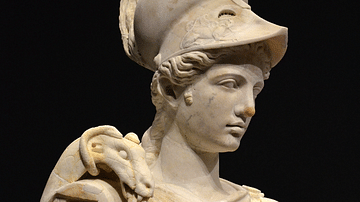
Collection
The Art & Culture of Ancient Greece
The ancient Greeks were masters at picking up ideas from other cultures, mixing these with their own innovations and producing unique contributions to world culture. Greek sculptors adored the human form, painters loved to tell stories on...
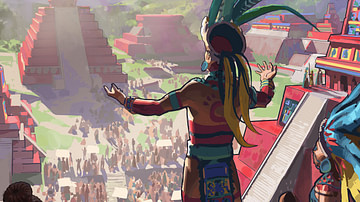
Collection
Maya Religion & Culture
Maya religion and culture is among the most advanced and sophisticated of the Pre-Colombian Americas as evidenced by the ruins of their great cities and what remains of their writings after most were burned by the Spanish in 1562. The Maya...

Image
Painted Celtic Warriors
An artist's impression of how Celtic warriors may have looked in battle. Roman writers describe such warriors as wearing blue paint, having long hair dyed blond using lime and clothing with distinctive patterns.
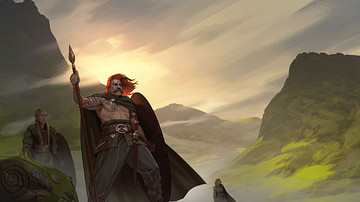
Image
Celtic Warriors
Artist's impression of Celtic warriors standing on a hill. Created by Amplitude Studios for the video game Humankind.
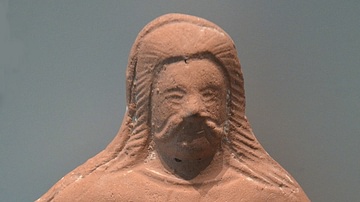
Image
Celtic Warrior
Terracotta statuette of a warrior carrying a Celtic shield. He is depicted with long hair, drooping moustache, trousers and a tunic. 2nd century CE. (Ashmolean Museum, UK)
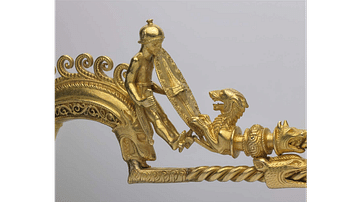
Image
Celtic Warrior, Braganza Brooch
A detail of the Braganza Brooch showing a Celtic warrior with shield and helmet. Iberian, gold, 250-200 BCE. Length: 14 centimetres.
The British Museum, London.

Image
Artist's Impression of Celtic Warriors
Artist's impression of ancient Celtic warriors by Zvonimir Grbasic. Copyright, republished with permission from Ancient History Magazine / Karwansaray Publishers.
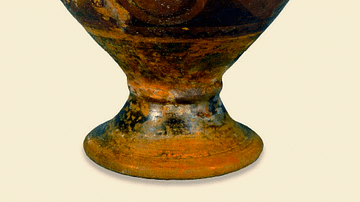
Image
Celtic Pottery Vessel
A Celtic pottery vessel from La Marne, France. It shows typical Celtic design features with its curvilinear shape and motifs in black on a red background. 4th century BCE. Height: 30 cm. (British Museum, London)

Definition
Scythian Art
Scythian art is best known for its 'animal art.' Flourishing between the 7th and 3rd centuries BCE on the steppe of Central Asia, with echoes of Celtic influence, the Scythians were known for their works in gold. Moreover, with the recent...